Although it might be cold outside, the winter holidays and especially Christmas, warm up souls, bring old friends and families together and create a state of magic in the air. Undoubtedly Christmas celebrations have a unique charm all over the world. This year, Fix Travel, a Romanian destination management company unveils two destinations in Romania that kept intact the true meaning of Christmas, far from its modern, commercial side: Maramures and Bucovina.
Christmas in Maramures and Bucovina, two regions in the very North of Romania has been kept unaltered for many centuries: the same millenary traditions, long forgotten in the rest of Europe are still practiced. Maramures is an open book of Romania’s rural life, where every passerby has the chance to travel back in time and to witness a simple life where being is more important than having.
No wonder that Maramures small villages are some of the most important tourist attractions in Romania for slow and sustainable tourism, much appreciated by foreign tourists who consider them a dream place to spend the Christmas and New Year’s Eve. In Maramures, you will meet a multitude of interesting traditions and you will be stunned by the natural setting, perfectly complementing the atmosphere.
Maramures
Maramureş is a unique destination, quite remote, located in the heart of Europe, which has carefully preserved the Romanian peasant’s culture, traditions, and lifestyle. The entire region is like a living museum, as few customs have changed over the centuries. Families remain in the same village as their ancestors. The ancient crafts and traditions are passed on from generation to generation. Hand-woven clothing is still worn with pride. The church is still the soul of the village. Neighbors know and help each other. Maramures is a real tale we all heard from our grandparents, a place that amazes and moves people, no matter their background or education.
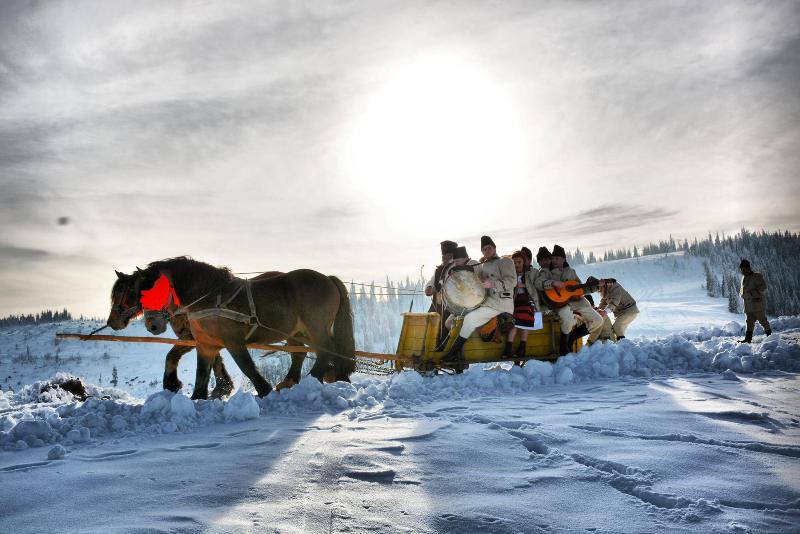 Located in the North-Eastern part of Romania, Maramures is an isolated region in the Carpathian Mountains, bordering in the North with Ukraine. The area stretches over 6,400 sq. km and it has an almost unreal beauty. Although Maramures is considered to be part of Transylvania, it has always kept its distinct character because it has a remote position, protected by the mountains and the oak and fir forests. The fastest ways to reach Maramures are from Oradea and Cluj-Napoca by car or from Bucharest by plane.
Located in the North-Eastern part of Romania, Maramures is an isolated region in the Carpathian Mountains, bordering in the North with Ukraine. The area stretches over 6,400 sq. km and it has an almost unreal beauty. Although Maramures is considered to be part of Transylvania, it has always kept its distinct character because it has a remote position, protected by the mountains and the oak and fir forests. The fastest ways to reach Maramures are from Oradea and Cluj-Napoca by car or from Bucharest by plane.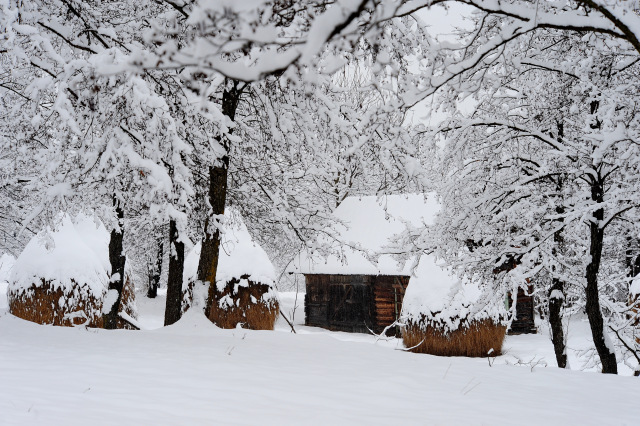 Each journey in Maramures should start with visiting a village, such as Breb, a small village that attracted HRH Prince of Wales attention who bought 2 houses here or Poienile Izei, which is also called the “Heart of Maramures”. the people here seem to defy time and live their life differently. There are so many reasons why you should visit Maramures, but our travel experts have made a list of top attractions you should not miss.
Each journey in Maramures should start with visiting a village, such as Breb, a small village that attracted HRH Prince of Wales attention who bought 2 houses here or Poienile Izei, which is also called the “Heart of Maramures”. the people here seem to defy time and live their life differently. There are so many reasons why you should visit Maramures, but our travel experts have made a list of top attractions you should not miss.
The charm of winter holidays in Maramures
Excepting Bucovina, in no other area of Romania one can see all the countryside customs better preserved than in Maramures. During Christmas, the region is more thriving than ever, the villagers dress the traditional clothing and proclaim all the Nativity of Jesus Christ. The best way to take part in these beautiful winter events is to stay in the villagers’ houses. Their incredible hospitality is another aspect appreciated by foreigners as Romanians from Maramures will make anything so as you feel that you are part of their family.
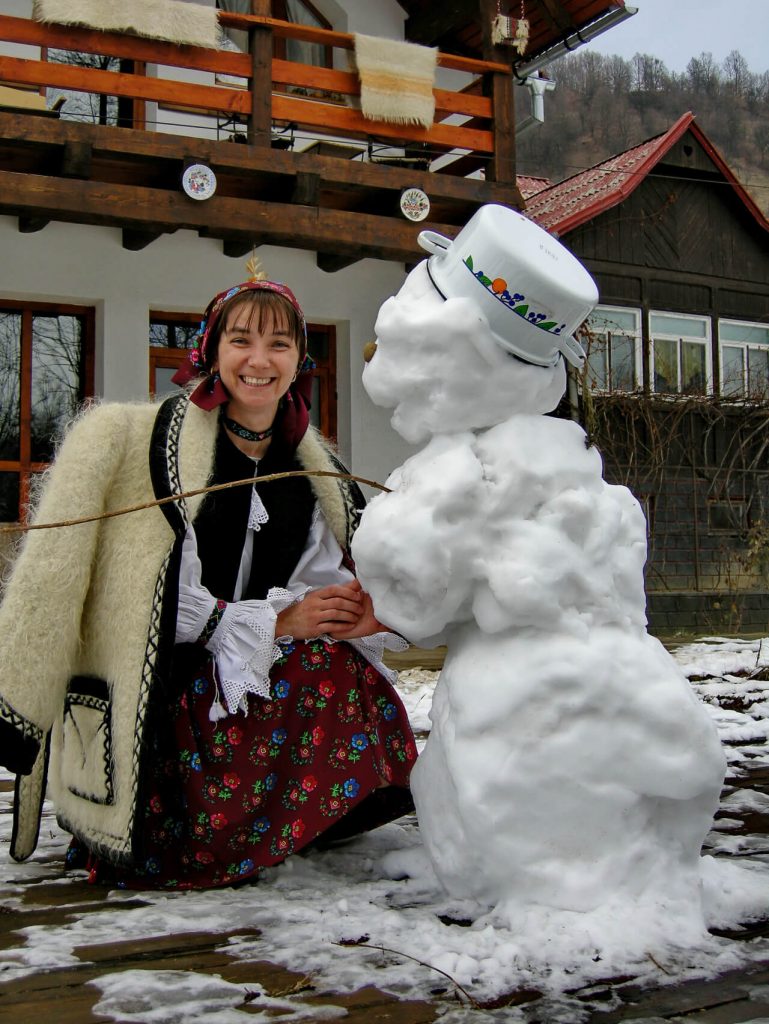 Before Christmas, the young men in the village start to prepare all the carols and the traditions, including the Viflaim (a religious theatre play, acted on a stage in front of the church), just as the elders of the village guide them. On the Christmas Eve, all the houses must have their lights on, with their wooden gates and doors open, so as the carol singers can enter the house. Dressed in traditional costumes, that have a special beauty, the waits- children and young people – pass through to all the houses in the village and proclaim the Birth of Jesus.
Before Christmas, the young men in the village start to prepare all the carols and the traditions, including the Viflaim (a religious theatre play, acted on a stage in front of the church), just as the elders of the village guide them. On the Christmas Eve, all the houses must have their lights on, with their wooden gates and doors open, so as the carol singers can enter the house. Dressed in traditional costumes, that have a special beauty, the waits- children and young people – pass through to all the houses in the village and proclaim the Birth of Jesus.
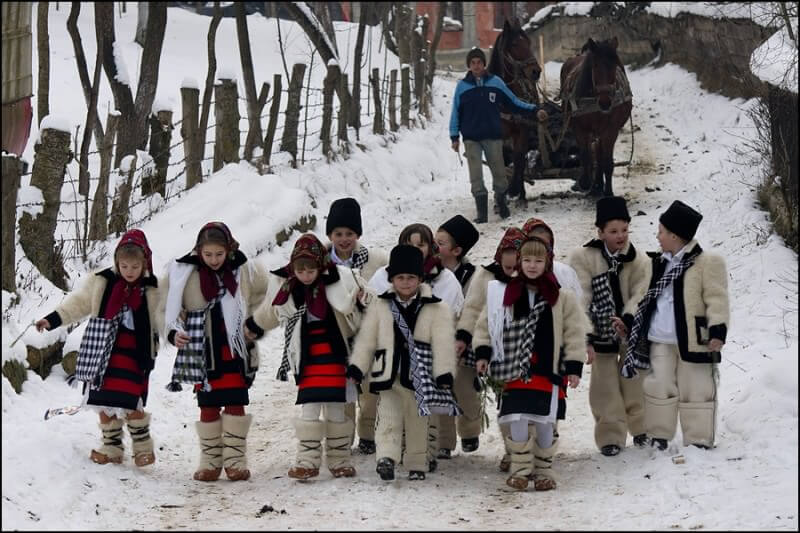 In Maramures, the idea of decorating the Christmas tree was hardly accepted, because, in the conception of the village, the decoration of the tree was assimilated to death. That’s why, only in the mid-20s, Maramures’ inhabitants began to decorate the tree around the winter holidays.
In Maramures, the idea of decorating the Christmas tree was hardly accepted, because, in the conception of the village, the decoration of the tree was assimilated to death. That’s why, only in the mid-20s, Maramures’ inhabitants began to decorate the tree around the winter holidays.
 At the end of the month of December, in Sighetu Marmatiei it is organized the Festival of Winter Traditions and Customs. The good news is that the traditions do not start and end with the Christmas, as there are different customs and carols for all the preparations and celebration, starting the middle of December until the 7th of January.
At the end of the month of December, in Sighetu Marmatiei it is organized the Festival of Winter Traditions and Customs. The good news is that the traditions do not start and end with the Christmas, as there are different customs and carols for all the preparations and celebration, starting the middle of December until the 7th of January.
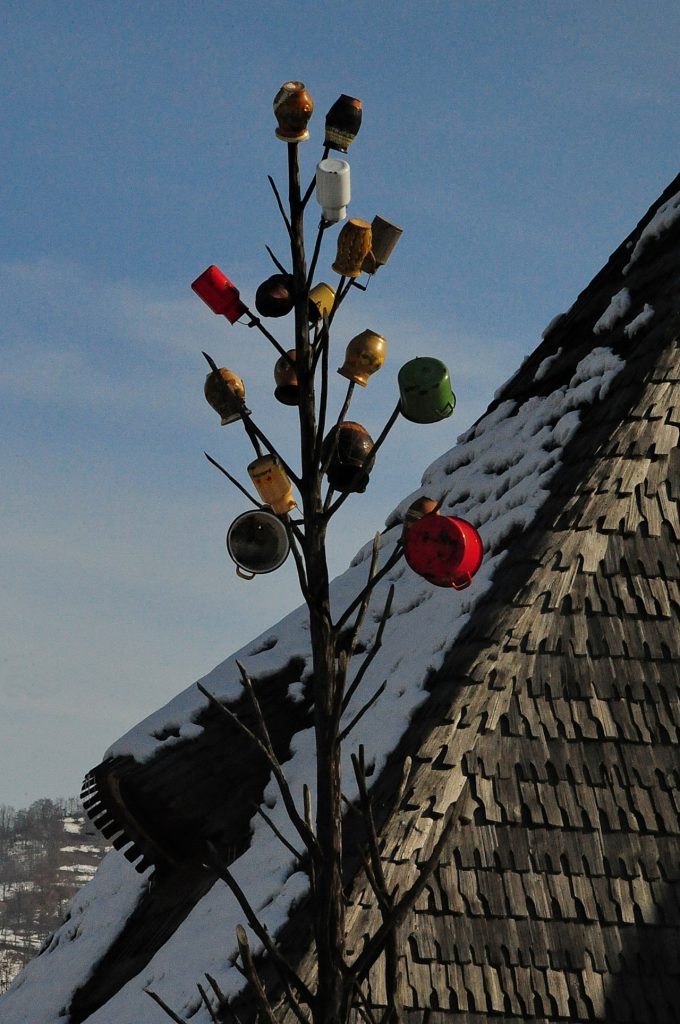 The New Years Eve is celebrated in Maramures’ villages all night, with music and traditional dances, carols, delicious foods and drinks and especially, with joie de vivre. In the night between the years, the village is animated by waits which are announcing with their traditional carols and songs the New Year.
The New Years Eve is celebrated in Maramures’ villages all night, with music and traditional dances, carols, delicious foods and drinks and especially, with joie de vivre. In the night between the years, the village is animated by waits which are announcing with their traditional carols and songs the New Year.
Maramures villages
All the villages located on the Iza, Marei, Viseu and Tisei valleys form a true outdoor museum. The land of Maramures is also called the “Land of Wood”, as the craft of wood carving has been performed in this region for over 900 years. The entire region is world renowned for its wooden churches, the high and sharp spires, and shingle roofs.
 Preluca Noua village is renowned for having a strange record: it has 10 cemeteries, counting only 100 houses and 300 inhabitants. This is due to the fact that the inhabitants did not find a suitable place large enough to raise a single cemetery. This village unique charm comes from its very old clay and earth houses, with straw roofs, and is also renowned for the traditional cheese products that have been made here for generations.
Preluca Noua village is renowned for having a strange record: it has 10 cemeteries, counting only 100 houses and 300 inhabitants. This is due to the fact that the inhabitants did not find a suitable place large enough to raise a single cemetery. This village unique charm comes from its very old clay and earth houses, with straw roofs, and is also renowned for the traditional cheese products that have been made here for generations.
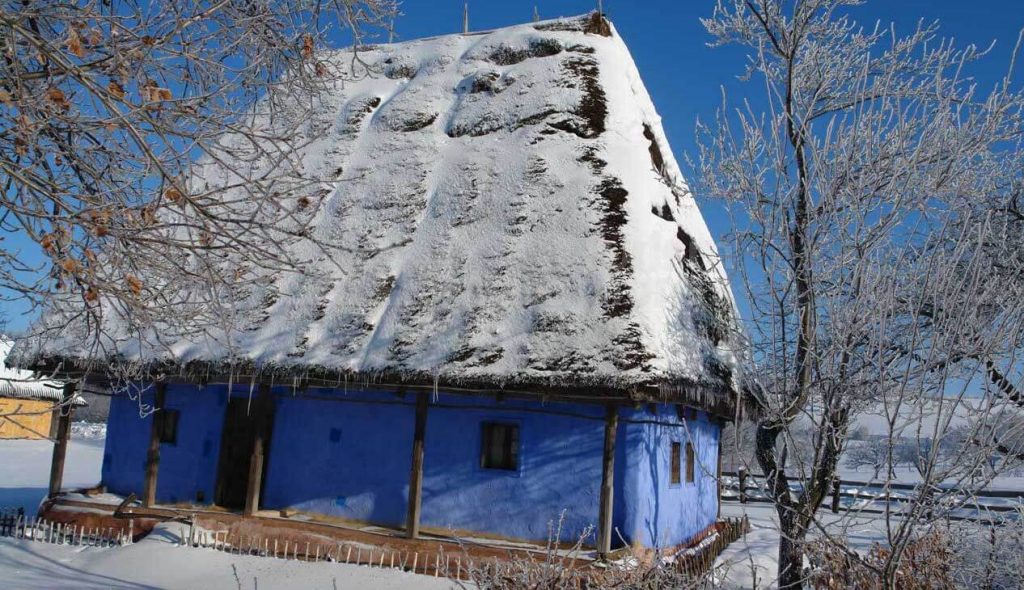 All the tourists should spend at least one night in Breb, to admire the old houses and to see the most beautiful sky. In addition, near the village of Breb you can visit the protected nature reserve of Ocna Sugatag, where wildlife is thriving and you can see vipers, the Eurasian bittern, the Carpathian salamander and many other creatures.
All the tourists should spend at least one night in Breb, to admire the old houses and to see the most beautiful sky. In addition, near the village of Breb you can visit the protected nature reserve of Ocna Sugatag, where wildlife is thriving and you can see vipers, the Eurasian bittern, the Carpathian salamander and many other creatures.
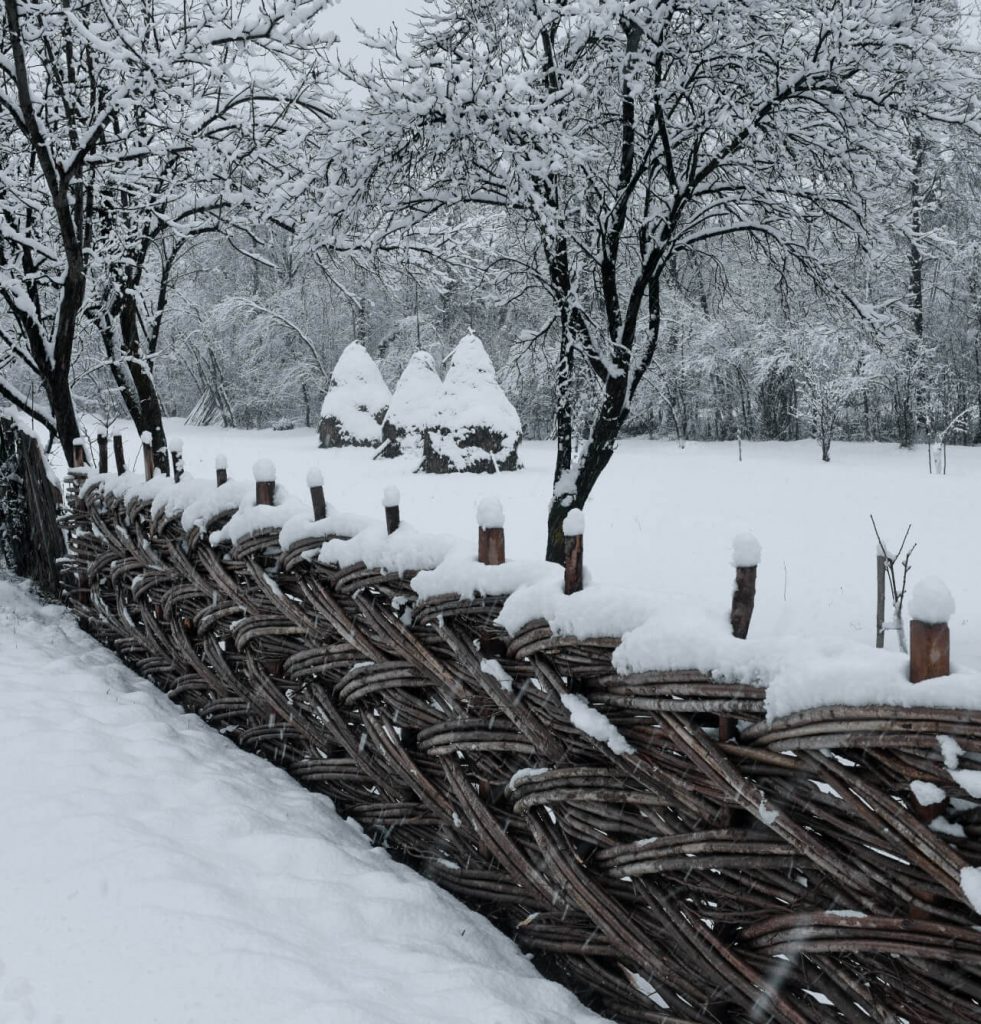 Vişeul de Sus is another beautiful village in Maramureş, renowned for the Mocanita, a narrow-gauge railway built after World War I, intended for the wood transport. Today, it is used for tourist purposes. The village hides many typical beauties of the area and deserves to be visited, and a ride with Mocanita should not be missed.
Vişeul de Sus is another beautiful village in Maramureş, renowned for the Mocanita, a narrow-gauge railway built after World War I, intended for the wood transport. Today, it is used for tourist purposes. The village hides many typical beauties of the area and deserves to be visited, and a ride with Mocanita should not be missed.
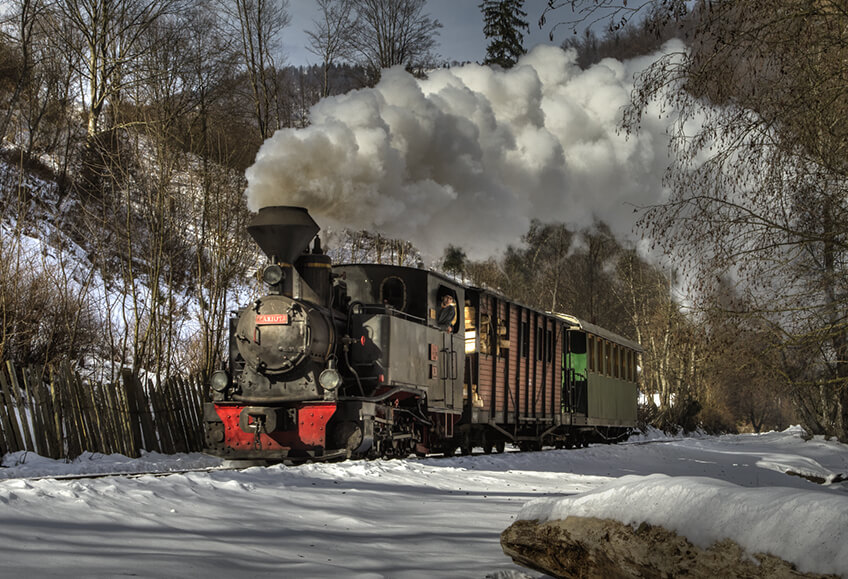 To have a complete view over Maramures’ customs, traditions and architecture there are two museums which have gathered some of the best testimonies of the rural life:
To have a complete view over Maramures’ customs, traditions and architecture there are two museums which have gathered some of the best testimonies of the rural life:
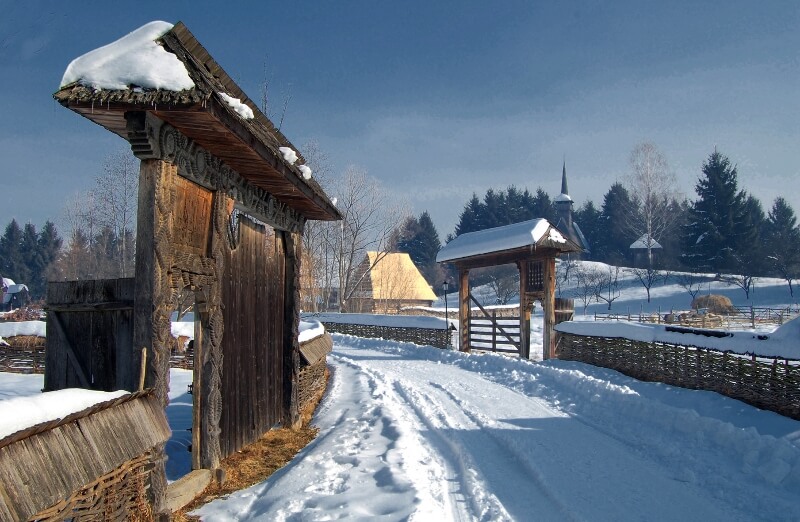 The Maramures Village Museum is an outdoor museum hosting a true“reservation” of monuments of peasant architecture, some dating back in the 16th century, bringing the best of this region’s specific architecture in one place.
The Maramures Village Museum is an outdoor museum hosting a true“reservation” of monuments of peasant architecture, some dating back in the 16th century, bringing the best of this region’s specific architecture in one place.
 The Maramureş Ethnographic Museum exhibits a variety of traditional objects, glass and wood icons, pieces from the popular costumes etc, explaining very well how and why this way of life and ancient beliefs are still untainted.
The Maramureş Ethnographic Museum exhibits a variety of traditional objects, glass and wood icons, pieces from the popular costumes etc, explaining very well how and why this way of life and ancient beliefs are still untainted.
Maramures wooden churches
Not less than eight wooden churches in Maramures are declared UNESCO monuments. Some of them are 400 years old. These eight wooden churches included in the world heritage have some peculiarities, given the specificity of the area. They are narrow, tall, with tall and long turrets. The roof is shingled and contains different ornamental motifs. They are true architectural monuments and reflect the importance of the church in the community’s life.
 The perfect example of this amazing architecture is Barsana Monastery. According to the local tradition, the monastic ensemble was built of wood. The Orthodox complex consists of the specific gate from Maramureş, the belfry tower, the place of worship itself, the summer altar, the monks’ houses, the chapel and, last but not least, the artisans’ workshops and guesthouses.
The perfect example of this amazing architecture is Barsana Monastery. According to the local tradition, the monastic ensemble was built of wood. The Orthodox complex consists of the specific gate from Maramureş, the belfry tower, the place of worship itself, the summer altar, the monks’ houses, the chapel and, last but not least, the artisans’ workshops and guesthouses.
 The first documentary testimonies referring to Bârsana Monastery dates from 1390. It seems that the complex was built as a form of gratitude for the protection from the 1710 plague. Although it is difficult to accurately determine the periods in which all other structures of the monastery were born, what is more important is the perfect artistic vision of the whole work.
The first documentary testimonies referring to Bârsana Monastery dates from 1390. It seems that the complex was built as a form of gratitude for the protection from the 1710 plague. Although it is difficult to accurately determine the periods in which all other structures of the monastery were born, what is more important is the perfect artistic vision of the whole work.

The Merry Cemetary of Sapanta
Once upon a time, there was a wooden sculptor, Stan Ioan Patraş, a poet and also a painter. In 1935 he came up with an amazing idea: to set up a cemetery where the crosses could tell in a funny way the life of the deceased. The sculptor began to carve crosses of oak wood, writing a few rhymes about the deceased, painting them in blue, and in their upper part made a suggestive drawing about a specific moment in the life of the deceased. A naive, straightforward, funny style as Stan Patras wanted to soften the moment of the big passing.
 Over time, the crosses have multiplied and the cemetery has become a real tourist attraction, more and more popular. In 1977, Patras died but his work was continued by a disciple, Dumitru Pop Tincu. Currently, there are about 800 crosses in this cemetery where you are likely to exit it with a big smile on your face.
Over time, the crosses have multiplied and the cemetery has become a real tourist attraction, more and more popular. In 1977, Patras died but his work was continued by a disciple, Dumitru Pop Tincu. Currently, there are about 800 crosses in this cemetery where you are likely to exit it with a big smile on your face.
Horse sleigh riding in Maramures
In Maramures, one of winter fun activities is to ride a horse-drawn sleigh. It is a habit that is usually kept for the second day after Christmas. But every day is no less than perfect for a stroll among the forests covered in snow, the scenery offered by the Carpathian Mountains and the full tranquility of the place.
 Do not worry, you will not feel the cold because the sleighs are equipped with real wool blankets woven by the women in the village. Anyone who enjoys silence and wants to escape the urban noise seems to appreciate more this kind of fun.
Do not worry, you will not feel the cold because the sleighs are equipped with real wool blankets woven by the women in the village. Anyone who enjoys silence and wants to escape the urban noise seems to appreciate more this kind of fun.
Ride with Mocanita
Mocanita is a narrow-gauge railway built after World War I, intended for the wood transport. It covers only 12 km, taking you from Viseu de Sus to Novat and back. This track will take approximately five hours and you’ll feel as though you’re slipping more than just going, but the pleasure will be all the greater.
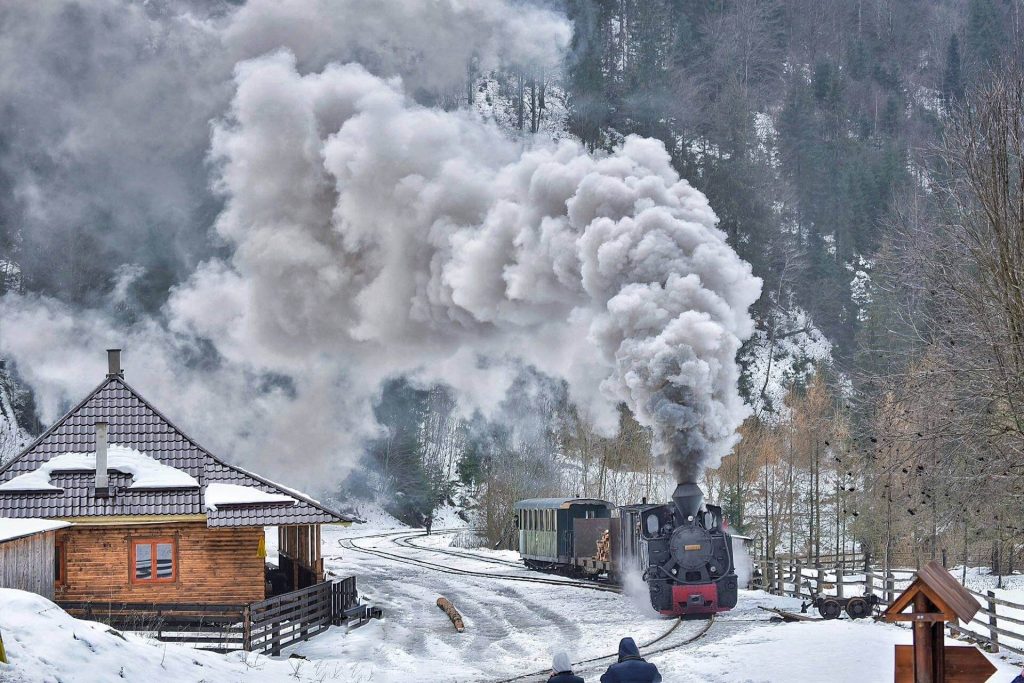 The landscapes are sensational and you will feel like you completely escape the modern reality. Wild areas, the villages that look sleepy, the roads and forests where you can spot foxes, wolves or even bears, you can all admire them from your comfortable place reserved in the Mocanita where you will be covered with a comfortable wool blanket, along with a traditional snack and a strong traditional drink.
The landscapes are sensational and you will feel like you completely escape the modern reality. Wild areas, the villages that look sleepy, the roads and forests where you can spot foxes, wolves or even bears, you can all admire them from your comfortable place reserved in the Mocanita where you will be covered with a comfortable wool blanket, along with a traditional snack and a strong traditional drink.
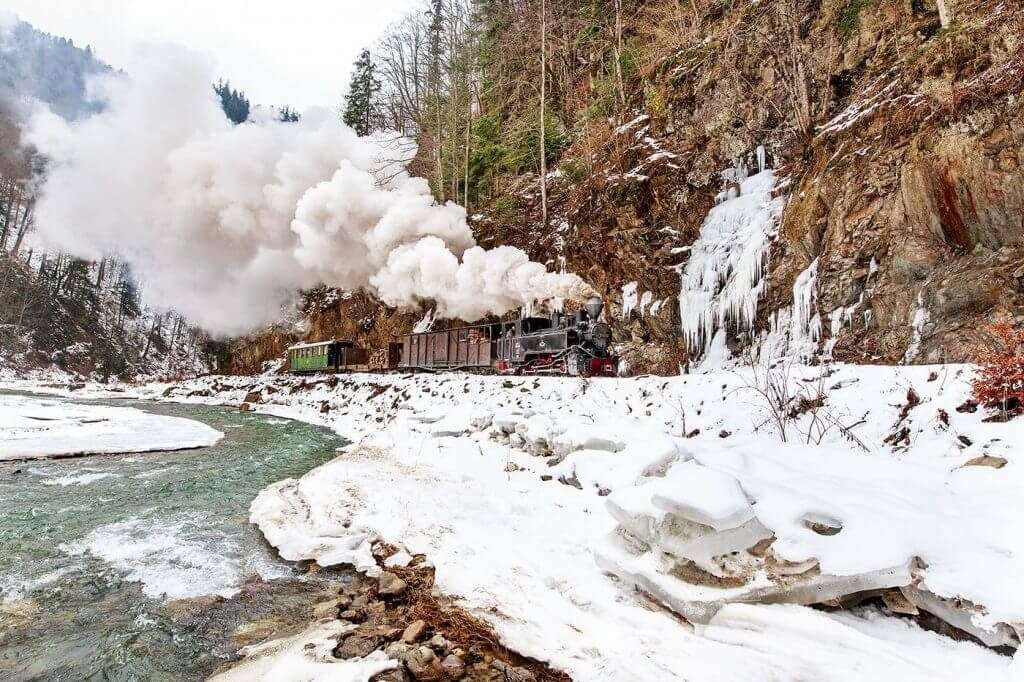 Only after this ride, you will understand why the Vaser Valley is under European protection. The steam locomotive in Maramures circulates on the last forestry railway track in Europe and this ride is one of the kind experiences enjoyed by everyone, no matter their age.
Only after this ride, you will understand why the Vaser Valley is under European protection. The steam locomotive in Maramures circulates on the last forestry railway track in Europe and this ride is one of the kind experiences enjoyed by everyone, no matter their age.
The welcoming people of Maramures
No matter when you choose to go to Maramures, you will discover that the locals are some of the most cheerful and pleasant Romanians you will meet in your visits to Romania. You will be welcomed right from the gate with the smallest and most sincere smile on Earth.
 Then, if you are in the area around a holiday – especially a religious celebration – you will see that the people in Maramures do not separate themselves from their popular clothing. They are so proud of the beautifully colored garments that they wear them in every important day such as weddings, baptisms and especially on Sundays or celebrations.
Then, if you are in the area around a holiday – especially a religious celebration – you will see that the people in Maramures do not separate themselves from their popular clothing. They are so proud of the beautifully colored garments that they wear them in every important day such as weddings, baptisms and especially on Sundays or celebrations.
Traditional food in Maramures
In Maramures you will not find too many grocery stores, especially in the rural areas. The people of these places are so hospitable and learned to be self-dependent that they prepare in their own household everything they need in the house; they only purchase salt, sugar, oil, and coffee from the stores. So be sure all the dishes in your plate are 100% natural and even organic.
 You must try traditional recipes such as “layered polenta”, a meal that is made in one pot: alternating a layer of polenta and a layer of cheese, to which is added at the end some smoked sausages (also prepared in-house) cut with a special knife. Comfort food at its peak, with cheese, meat, and vegetables, mouth-watering pies and desserts that will remind you about your childhood.
You must try traditional recipes such as “layered polenta”, a meal that is made in one pot: alternating a layer of polenta and a layer of cheese, to which is added at the end some smoked sausages (also prepared in-house) cut with a special knife. Comfort food at its peak, with cheese, meat, and vegetables, mouth-watering pies and desserts that will remind you about your childhood.
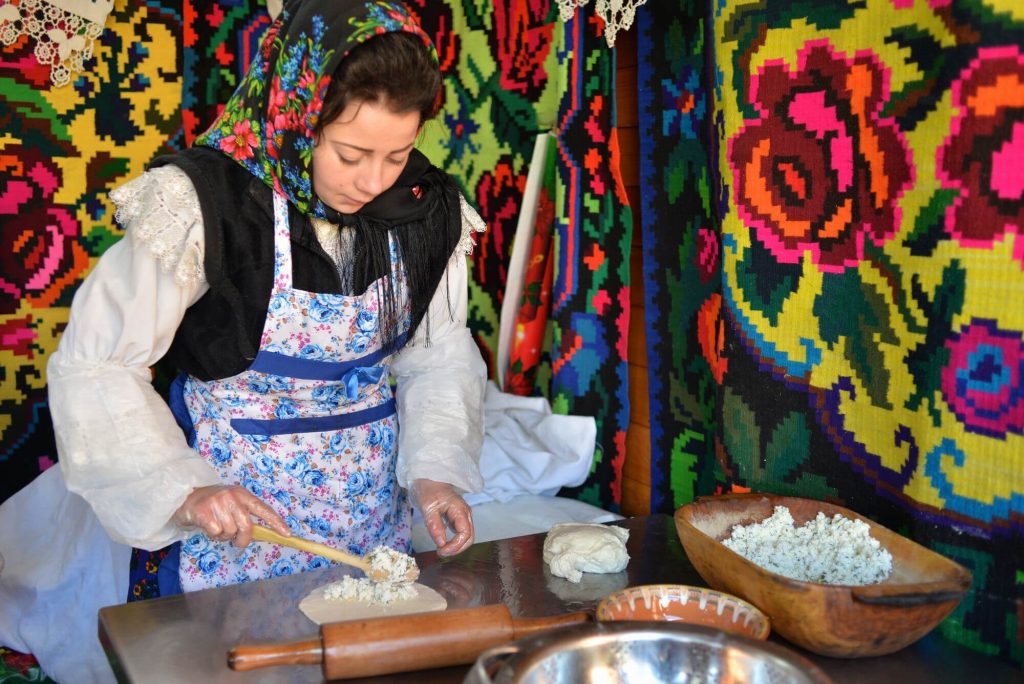 It is necessary that this kind of food be sprinkled with some horinca. Following the example of its neighboring region Bucovina, Maramures is also known for its strongest local drinks, similar to vodka: tuica and horinca. While tuica has up to 40% alcohol by volume, the horinca can reach 65% as it is distilled twice.
It is necessary that this kind of food be sprinkled with some horinca. Following the example of its neighboring region Bucovina, Maramures is also known for its strongest local drinks, similar to vodka: tuica and horinca. While tuica has up to 40% alcohol by volume, the horinca can reach 65% as it is distilled twice.
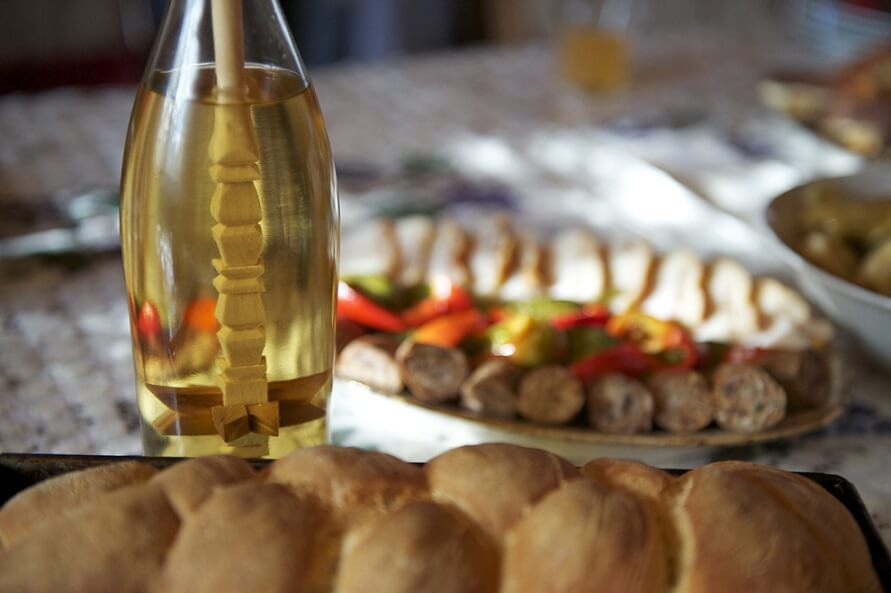
If tuica and horinca are too strong for your taste, you can try the fruity liquors, digestive alcoholic drinks made from fruit berries picked by the locals directly from the surrounding forests such as blueberries, raspberries, wild strawberries or blackberries and alcohol which is again produced locally, form plums, apples, and pears. The natural aroma is unmistakable.
This year treat yourself with another type of winter holiday, a rural fairytale in Maramures and/or Bucovina, to live an experience you cannot see and taste anywhere else in the world.
We are a destination management company in Romania and we are specialized in organizing incentive trips and group holidays for corporate or leisure purposes. We’ll make sure you will have one trip to remember and we’ll arrange all the big and little details of your Romanian visit.
#FixTravel #DMC #DMCRomania #Maramures #Bucovina #maramuresTours #BucovinaTours #WinterHolidays #ChristmasHolidays TopDestinationsRomania #DestinationManagementCompanyEasternEurope #GroupTravel #CorporateTravel

Leave a Reply